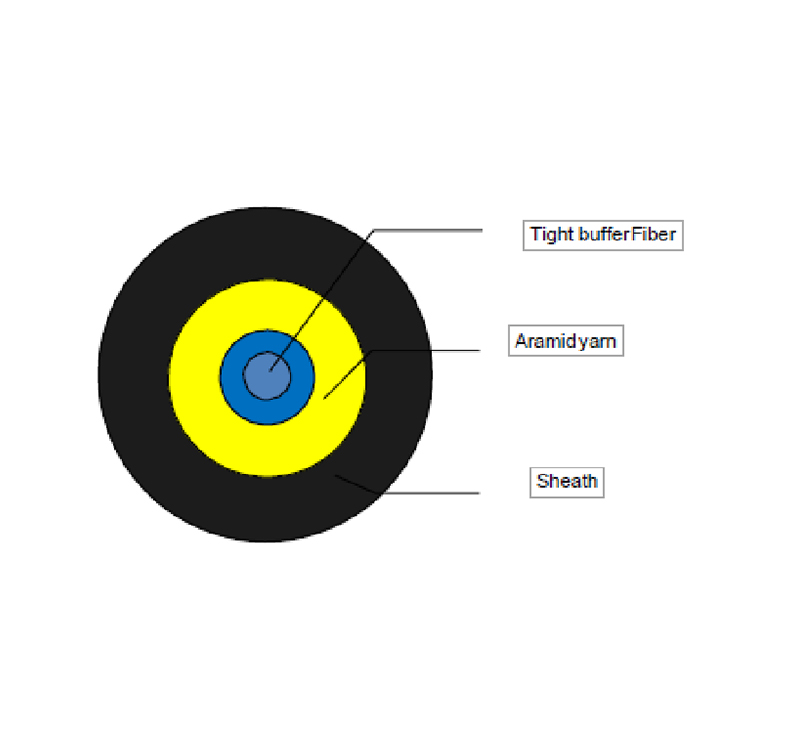Optical fiber is a fine and flexible medium that transmits light beams. Optical fiber cable consists of a bundle of optical fibers, referred to as optical fiber cable. Optical cable is the most effective transmission medium in data transmission. Its advantages are similar to those of optical fiber, mainly in the following aspects:
(1) The frequency band is wider.
(2) Good electromagnetic insulation performance. The optical fiber cable transmits the light beam. Since the light beam is not affected by external electromagnetic interference and does not radiate signals, it is suitable for long-distance information transmission and occasions requiring high security. Of course, tap difficulty is an inherent problem, as the cut fiber optic cable needs to regenerate and retransmit the signal.
(3) The attenuation is small. It can be said that the signal is a constant over longer distances and ranges.

(4) The interval between repeaters is large, so the number of repeaters in the entire channel can be reduced, and the cost can be reduced. According to the test of Bell Labs, when the data transmission rate is 420Mbps and the distance is 119 kilometers without repeaters, the bit error rate and the transmission quality are very good. On the other hand, coaxial cables and twisted pairs require a repeater every few kilometers.
So, how to install the optical cable?
In the application of using optical cables to interconnect multiple minicomputers, the unidirectional characteristics of optical fibers must be considered. If two-way communication is to be performed, double-stranded optical fibers should be used. Due to the need to multiplex and multiplex light of different frequencies, optical multiplexers have appeared in the communication device market.
The installation of fiber optic cables in ordinary computer networks begins with user equipment. Because fiber optic cables can only transmit in one direction. To achieve bidirectional communication, fiber optic cables must be paired, one for input and one for output. Both ends of the fiber optic cable are connected to optical connectors.
The installation of optical cables requires extra care. Grind the end of each fiber optic cable when connecting, and connect it with the optical interface by electric grilling or chemical epichlorination process to ensure that the optical channel is not blocked. The fiber can't be pulled too tightly, nor can it form a right angle.










